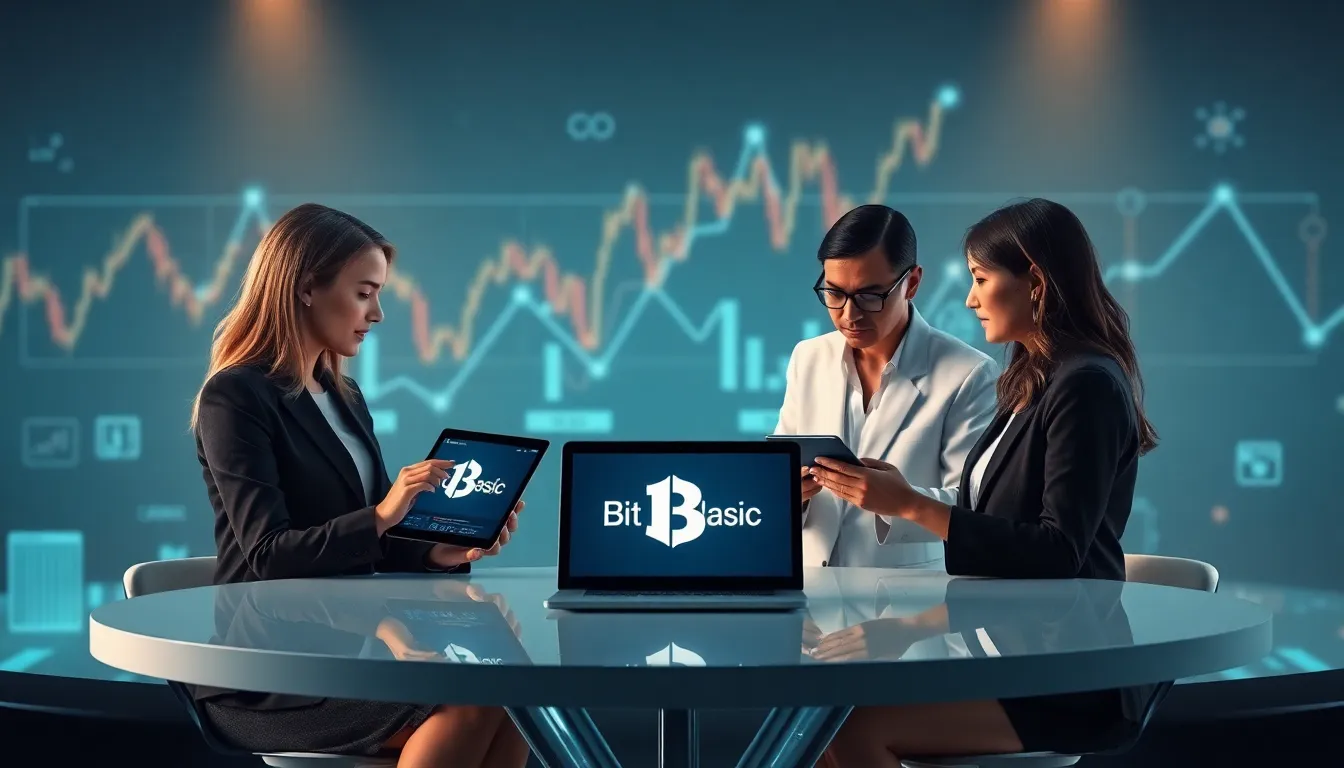Welcome to the future of finance, Bitclassic. If you’ve ever thought about cryptocurrencies and felt as if you were trying to decipher hieroglyphs, you’re not alone. Just when you thought crypto couldn’t get any more complex, along comes Bitclassic, ready to shake things up like a snow globe. In this text, we’ll jump into the ins and outs of Bitclassic, exploring what makes it tick, how it stacks up against traditional cryptocurrencies, and why it might just be the spark you’ve been waiting for in the blockchain revolution. Let’s get started.
Table of Contents
ToggleWhat Is Bitclassic?

Bitclassic is an innovative cryptocurrency that has emerged as a player in the ever-evolving digital finance landscape. It combines the foundational features of earlier cryptocurrency technologies with new enhancements aimed at improving user experience and transaction efficiency. Unlike its predecessors, Bitclassic focuses on decentralization, security, and scalability, making it an attractive option for both casual users and serious investors.
At its core, Bitclassic is about simplifying the crypto experience without sacrificing functionality. It’s designed to make transactions not only faster but also more secure, addressing many of the concerns that have plagued older systems. In a nutshell, Bitclassic aims to bridge the gap between traditional money and the dynamic world of digital currency.
The Technology Behind Bitclassic
The technology propelling Bitclassic is a robust blend of advanced blockchain and consensus algorithms designed to enhance both security and speed. Unlike the traditional proof-of-work model, Bitclassic leverages a unique hybrid consensus mechanism that combines proof-of-stake with a modified version of delegated proof-of-stake. This allows it to validate transactions more swiftly without compromising security.
Also, Bitclassic utilizes smart contracts that automate processes and reduce the need for intermediaries. This technology not only increases speed but also minimizes transaction costs, making Bitclassic a financially appealing choice for users. Also, the platform is built on a flexible framework that allows for future upgrades, ensuring it stays at the forefront of technological advancements.
Key Features of Bitclassic
Bitclassic comes equipped with several standout features that set it apart from traditional cryptocurrencies. One major feature is its lightning-fast transaction speeds, reportedly processing thousands of transactions per second. Users won’t find themselves waiting around: they can send money globally in mere seconds.
Another remarkable feature is its low transaction fees. This is particularly beneficial for microtransactions, which can be financially unfeasible with other cryptocurrencies. Also, Bitclassic’s user interface is friendly and intuitive, catering to newcomers while still providing advanced tools for experienced users.
Bitclassic also emphasizes security. Enhancements such as end-to-end encryption and regular system audits contribute to its reliability, ensuring user data is safeguarded against potential threats. With these features combined, Bitclassic aims to offer a seamless experience that appeals to a broad audience.
Bitclassic vs. Traditional Cryptocurrencies
So, how does Bitclassic compare to traditional cryptocurrencies like Bitcoin and Ethereum? For starters, one fundamental difference lies in its transaction methodology. While Bitcoin transactions can take several minutes to confirm, Bitclassic prides itself on near-instantaneous transactions. This is a game-changer, especially for those looking to use cryptocurrency for real-time purchases.
Also, traditional cryptocurrencies often suffer from high transaction costs, especially during peak times. In contrast, Bitclassic offers a much lower fee structure that appeals to everyday users. On the other hand, established cryptocurrencies have a more extensive user base and higher liquidity, making them easier to buy and sell. But, Bitclassic is catching up swiftly, aiming to build a strong community and ecosystem.
In essence, while traditional cryptocurrencies have a solid foundation, Bitclassic’s innovation positions it as a strong contender in the crypto market.
Use Cases and Applications of Bitclassic
Bitclassic’s applications extend far beyond mere currency. Its speed and low fees make it an ideal choice for microtransactions, such as tipping artists, paying for streaming services, or even purchasing digital goods. Also, thanks to its smart contract feature, Bitclassic opens the door to developing decentralized applications (dApps) that can revolutionize various industries.
In the realm of finance, Bitclassic has great potential for peer-to-peer lending and remittances, providing users with a way to send money across borders with minimal fees and swift processing times. In retail, merchants could integrate Bitclassic as a payment method, attracting a tech-savvy customer base eager to embrace digital currencies.
In a nutshell, Bitclassic is not only a new way to think about money: it’s also a tool that holds promise for future innovation across multiple sectors.
Challenges and Limitations of Bitclassic
Even though its numerous advantages, Bitclassic isn’t without its challenges. One significant issue is market acceptance. Being a newer player, it still needs to gain the same level of trust and recognition as established cryptocurrencies. Users may be hesitant to switch due to fear of instability or lack of support.
Scalability could also pose a problem. While Bitclassic boasts fast transaction speeds, if adoption skyrockets, the system would need to scale effectively to handle increased demand without lagging. Besides, regulatory issues surrounding cryptocurrencies can potentially hinder Bitclassic’s growth. Different jurisdictions have different rules about the use of cryptocurrencies, which can create a fragmented market.
Finally, as the crypto space becomes more congested with new entrants, Bitclassic will need to continually innovate and differentiate itself to remain relevant in the ever-evolving landscape.





